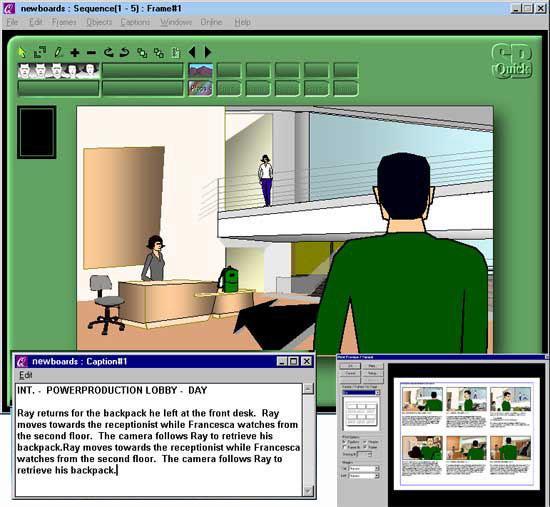
A large story or epic allows us to summarise the interaction acting as placeholders for more detailed stories. User stories are another technique to describe the user interaction. I generally find it good practice to capture the product functionality necessary to meet the main user needs before designing the user interface.

Note that I have done my best to describe the functional aspects of the interaction, and not to design the user interface: When I was working on the board, we did not have any design sketches and mock-ups available. Underneath it, I added a brief description of what Mary does at each step.
#STORYBOARD QUICK TUTORIALS SERIES#
The board consists of a series of frames. The storyboard above describes how the persona Mary books several employees on the same training course. Here is a sample board I created to explore another interaction for our new website: But instead of using a list of steps, a storyboard visualises the interaction similar to a comic strip. Storyboards are similar to scenarios: They illustrate the interaction required to achieve a goal. Note that I have tried to make the scenario descriptive and engaging while focussing on the key aspects of the interaction.

Mary is a persona who represents a user of our website: an HR employee of a large company, and who’s main need it is to book employees on a training course. The scenario above describes the steps Mary has to take to book a seat on one of our public training courses. After a short while, Roger receives an email confirmation with the booking details. Mary sees that her booking has been successful.Mary accepts the terms and conditions, and confirms the booking.She then chooses a payment option and enters the payment details.She enters the participant information including first name, last name, email address, special dietary requirements.



 0 kommentar(er)
0 kommentar(er)
